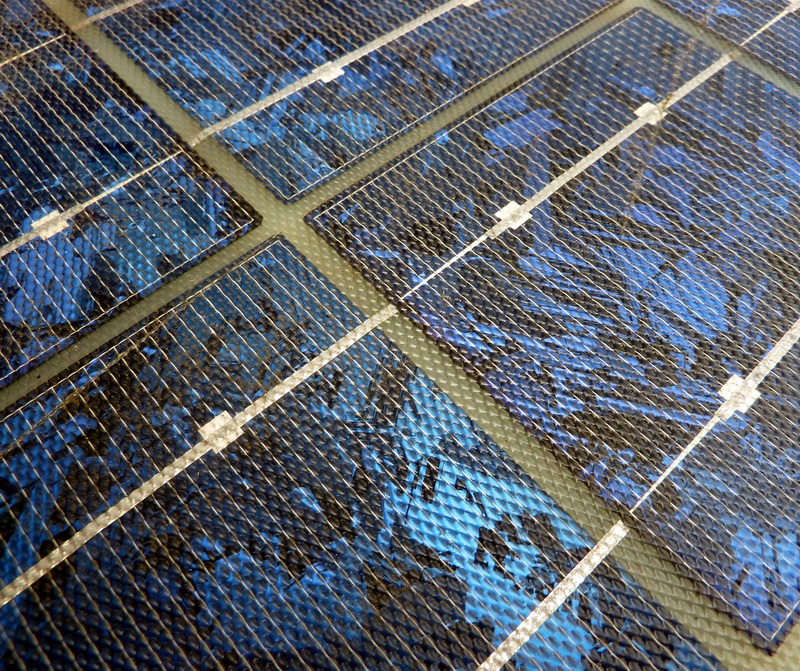The global solar market is currently having to react to a number of push and pull forces, including India’s safeguard duties, which have been temporarily halted following their imposition just a couple of weeks ago, Europe’s impending minimum import price (MIP) decision due on September 3, China’s PV policy changes on May 31, and the ongoing trade wars between China and the U.S., which are affecting, above all, prices.
“As these developments have all been influenced by the spread of market information, the outlook of the market’s supply and demand will still depend on the flexible distribution of each manufacturer,” writes TrendForce.
According to the Taiwan-based energy analysts, the global solar PV cell market has been mostly affected this week, with “significant” price movements seen on the back of, predominantly, India’s safeguard duties, and the MIP decision. The latter is expected to have a bigger impact on the global market than the former, the analysts said in July. At the time, they laid out their predicitons for the expected conseuqences to both their removal, and their extension.
In China, EnergyTrend says, demand has slowed, with both small and medium sized manufacturers suspending their offers of general mono silicon (mono-si) PV cells, which has served to squeeze the price of their Tier 1 counterparts.
As such, prices in China for general mono-si cells have fallen to RMB 1.04-1.10/W (US$0.151-$0.159/W), with high efficiency cells now going for RMB 1.13-1.20/W ($0.164-$0.174/W). In comparison, internationally, the same cells are going for $0.127-0.140/W, and US$0.167-0.170/W, respectively.
For general multi-si solar cells in China, prices are between RMB $0.93-1.03/W ($0.135-$0.149/W), compared to $0.128-0.158/W internationally.
In the module market, China has seen demand stagnate, says EnergyTrend, meaning domestic manufacturers are moving supply overseas. This has helped keep price fluctuations steady, although “because of the cacophony on the international market, the balance isn’t expected to last long,” say the analysts.
They add, “It is worth noting that the transaction prices of general mono-si and high-efficiency multi-si module overlapped obviously, which shows that these products have a great deal of bargaining space in the market.”
Meanwhile, in SE Asia, which has picked up the slack created by the Taiwanese market, prices have gone up, albeit slightly.
| China | SE Asia | Internationally | |
| General multi-si (270-275 W) | $0.261-0.29/W | $0.280/W | $0.231-0.285/W |
| High efficiency multi-si (280-285 W) | $0.268-0.312/W | $0.285/W | $0.247-0.288/W |
| General mono-si (290-295 W) | $0.279-0.319/W | $0.251-0.402/W | |
| High efficiency mono-si (300-305 W) | $0.305-0.327/W | $0.279-0.42/W |
Regarding polysilicon and wafers, capacity control has been implemented in response to a cooling off of demand. In China, orders are said to have been signed to the end of the month, although capacity allocation is limited.
Supply is expected to remain tight, with upgrades on current production lines – moved forward following the 31/5 policy changes – having affected around 4,000-15,000 tons of capacity, say the analysts.
In terms of prices, multi-si polysilicon is fetching RMB 83-90/kg ($12.06-$13.07/kg) in China, while mono-si has reduced to RMB 90-98/kg ($13.07-$14.24/kg). Internationally, multi-si prices are said to be over $10.3/kg.
Li-ion costs increase
On the back of “record” high cobalt prices in Q1 2018, EnergyTrend, in a seperate report, predicts lithium-ion (Li-ion) battery prices will increase between 5-15% in the third quarter of this year, although it sees them flattening in Q4.
“Particularly, prismatic cells, cylindrical cells, and polymer cells would witness a QoQ price growth of 6~8%, 7~9%, and 10~15% respectively. In addition to rising material costs, the increase of cylindrical cell prices is also due to the undersupply of this cell type as a result of decreasing production capacity of suppliers,” write the analysts.
In April, they warned of rising prices, due to higher cobalt prices, which increased 26% in Q1. At the time, they said the cost of cobalt had reached $95/kg, up from just $32/kg at the start of 2017 – a year that saw a 114% price increase.
This hike will continue to bring price challenges to the stationary storage and electric vehicle (EV) industries, both of which are hedging their future growth on falling lithium-ion battery prices, it said at the time.
This content is protected by copyright and may not be reused. If you want to cooperate with us and would like to reuse some of our content, please contact: editors@pv-magazine.com.




1 comment
By submitting this form you agree to pv magazine using your data for the purposes of publishing your comment.
Your personal data will only be disclosed or otherwise transmitted to third parties for the purposes of spam filtering or if this is necessary for technical maintenance of the website. Any other transfer to third parties will not take place unless this is justified on the basis of applicable data protection regulations or if pv magazine is legally obliged to do so.
You may revoke this consent at any time with effect for the future, in which case your personal data will be deleted immediately. Otherwise, your data will be deleted if pv magazine has processed your request or the purpose of data storage is fulfilled.
Further information on data privacy can be found in our Data Protection Policy.